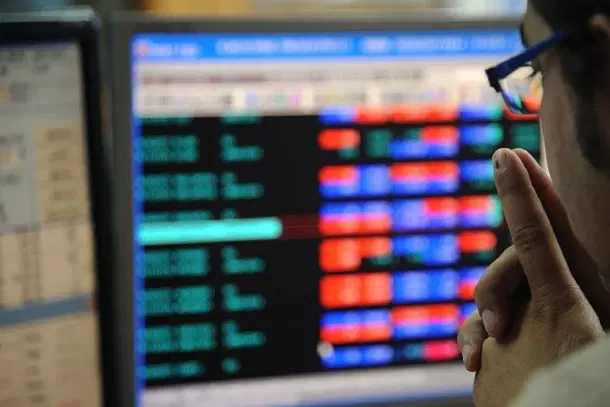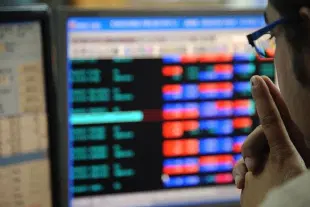News Brief
Explained: What Trump’s Proposed 25 Per Cent Tariff On Indian Goods Means For Markets, Trade Talks And Investors
Shrinithi K
Jul 31, 2025, 02:30 PM | Updated 02:30 PM IST
Save & read from anywhere!
Bookmark stories for easy access on any device or the Swarajya app.


US President Donald Trump’s announcement of a 25 per cent tariff on Indian goods jolted the Indian stock markets, with the S&P Bombay Stock Exchange (BSE) Sensex falling nearly 800 points in intraday trading before staging a recovery.
The sudden move has injected uncertainty into bilateral trade relations, raising concerns across sectors with high US export exposure, Business Standard reported .
How Did Markets React?
Analysts termed the reaction as a knee-jerk response. While equities dipped sharply at first, hopes of a softer final tariff — potentially in the 15–20 per cent range — helped markets stabilise.
Export-heavy stocks bore the brunt of the sell-off, while investors started pivoting toward domestic-oriented sectors such as infrastructure, consumption, and financials.
What Are Brokerages Saying?
According to the Business Standard report, Goldman Sachs expects the direct earnings hit would be moderate.
Only about 2 per cent of MSCI India revenues come from goods exports.
A full 25 per cent tariff could cut EPS by around 2 per cent, but the firm is maintaining its 2025–26 growth projections of 12–14 per cent.
Nomura expects the tariffs to ease as talks progress, noting that a US trade delegation is set to visit India in late August.
Still, it warns of broader macro risks — including downside pressure on RBI’s FY26 GDP forecast of 6.5 per cent — due to already slowing private capex, weak urban consumption, and tightening external trade conditions.
Bernstein highlighted that services remain untouched — a major relief given their outsized economic weight.
But it cautioned that India’s export competitiveness is weakening relative to peers like Vietnam and Indonesia, which enjoy lower tariff exposure under other trade deals.
Angel One predicts export-oriented stocks may underperform until talks turn positive. Foreign portfolio investors (FPIs) may take a cautious stance, potentially triggering sectoral rotation toward domestically focused plays.
PL Capital links the tariff move to deeper geopolitical tensions post-Operation Sindoor. It sees the tariffs as a retaliatory measure over India's stance on Russian energy, defence procurement, and broader non-alignment moves like BRICS and the RIC bloc.
The firm expects elevated volatility and urges a focus on domestic consumption, healthcare, infra, and banks as defensive plays.
Barclays pegs the overall GDP impact at just 30 basis points but warns of continued near-term pressure on the rupee. While USD-INR has spiked, the bank believes the rupee is oversold and expects possible RBI intervention to manage further depreciation.
What’s Next?
Much hinges on upcoming trade negotiations.
The US delegation’s India visit could help soften the tariff terms.
Until then, markets are expected to remain on edge, with investors watching geopolitical cues as closely as economic ones.
Bottom Line
The announcement of a steep 25 per cent tariff may have caused immediate market tremors, but most brokerages agree that the long-term economic damage could be limited—if the situation de-escalates diplomatically.
As trade talks are expected to continue, there is cautious optimism that the final tariff may be revised downward, potentially softening the blow to India’s export sectors.





